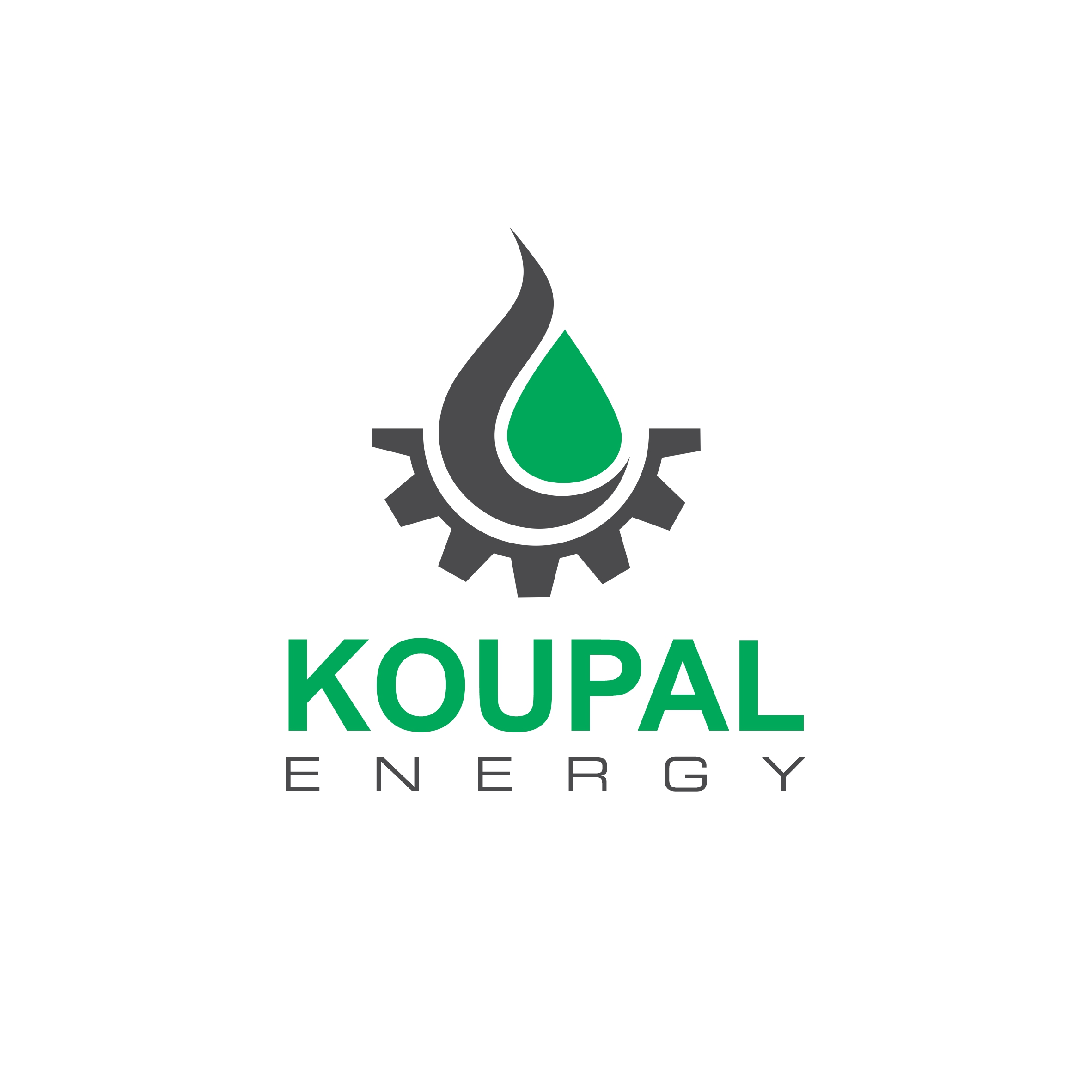Speakers
Description
Section 1: Physics, instrumentations, and applications of Micro-CT scanners
This workshop introduces the basic physics, instrumentations and applications of Micro-CT scanners. Micro-CT provides micron-sized high-resolution 3D imaging information that cannot be obtained with other non-destructive technologies. This 3D reconstruction allows the user to see inside the object without destroying the structure and produces contrast between different material types depending upon their relative composition and density. This 3D imaging information are used to quantify material characteristics such as porosity, used as input for numerical models, or are simply being used to gain better understanding of the interior of a sample
Section 2: Imaging techniques to understand pore-scale processes
Dynamic processes such as fluid flow, reactive transport, mineral precipitation, mass transport, and biological activity interact within porous rocks, regulating their macroscopic behavior. These processes are significantly influenced by the rock's mineralogy, pore structure, and environmental conditions. A variety of imaging techniques, such as scanning electron microscopy, laser confocal microscopy, and X-ray computed tomography, have been used to investigate these dynamic pore-scale processes in porous geomaterials. These tools provide valuable insights into the mechanisms occurring within the pores. Understanding these processes through pore-scale imaging and modeling is crucial for accurately predicting the macroscopic behavior of materials. This course briefly introduces a selection of imaging techniques and their potential applications with examples from various experiments related to the visualization and characterization of dynamic pore-scale processes in porous media.
Section 3: Applications of machine learning in digital rock physics workflow
This workshop investigates into the synergy between machine learning techniques and digital rock physics (DRP) workflow, offering a comprehensive exploration of concepts and applications. The fusion of deep learning methodologies with DRP not only enhances the efficiency of estimating porous media properties but also accelerates the process significantly. The implementation of deep learning is showcased across various applications at the pore scale, encompassing image segmentation (e.g., two-phase (pore-solid) or multimineral segmentation), rock property estimation (regression of single or multiphase properties), image resolution enhancement, and porous media reconstruction. Participants in this course not only gain proficiency in the DRP workflow but also acquire a thorough understanding of the diverse applications of machine learning within this framework. The curriculum spans a broad spectrum, ranging from pore-scale imaging through µ-CT scanning to predicting pore-scale properties using DRP. The course explores the latest advancements in pore-scale studies driven by deep learning methods, providing participants with insights into cutting-edge developments in the field.




